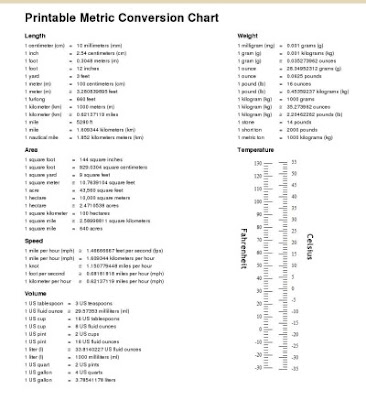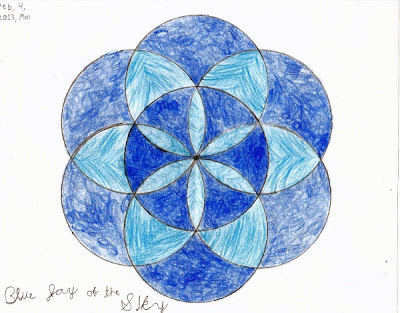Two problems about fractional parts
I have 2 questions on fractions which I can't solve.
A solution using bar diagrams (Singapore style):
Here look at the difference of children and adults. There are two "blocks" more children than adults. We know the number of adults is 2/3 of the number of children... therefore the DIFFERENCE of two blocks must be 1/3 of the children.
Now look:
This means the +6 must be one block. Or, one block = 6. This now solves the problem, because originally we had 8 "blocks" of people, or 48 people.
Solution with algebra:
Let c be the number of children at first. There were (3/5)c adults at first.
Then 6 more adults and 6 more children come in, so now we have c + 6 children, and (3/5)c + 6 adults.
Now, the amount of adults = (2/3) of the amount of children.
(3/5)c + 6 = (2/3)(c + 6)
As this equation has fractions, let's multiply both sides by 15 to start.
9c + 90 = 10(c + 6)
9c + 90 = 10c + 60
30 = c
There were 30 children and 18 adults at first, or 48 total people.
A solution using bar diagrams (Singapore style):
Then:
At first we had five "blocks" of counters, or 5 x 16 = 80 counters.
CHECK:
80 counters... 32 red and 48 blue.
Add 48 blue. Now we have 32 red and 96 blue, a total of 128.
Reds are 32/128 = 8/32 = 1/4. That checks.
A solution using algebra:
At first, we have (2/5)c counters red and (3/5)c counters blue. ONce we hadd 48 blue counters, we have (2/5)c red counters and (3/5)c + 48 blue counters, and c + 48 total counters. It says now 3/4 of the counters are blue. We write that as an equation:
(3/4) of all counters = number of blue counters
(3/4)(c + 48) = (3/5)c + 48 Multiply this by 20.
15(c + 48) = 12c + 960
15c + 720 = 12c + 960
3c = 240
c = 80
There were originally 80 counters.
There were 3/5 as many adults as children on a bus. At the next bus stop, 6 adults and 6 children boarded the bus. As a result, there were 2/3 as many adults as children on the bus. How many people were on the bus at first?
A solution using bar diagrams (Singapore style):
children |----|----|----|----|----|
adults |----|----|----|
Then we have:children |----|----|----|----|----| +6
adults |----|----|----| +6Here look at the difference of children and adults. There are two "blocks" more children than adults. We know the number of adults is 2/3 of the number of children... therefore the DIFFERENCE of two blocks must be 1/3 of the children.
Now look:
children |----|----|----|----|----| +6
Two of those blocks is 1/3 of the total... the other two blocks is another 1/3 of the total... so |----| +6 or one block and 6 must be 1/3 of the total.This means the +6 must be one block. Or, one block = 6. This now solves the problem, because originally we had 8 "blocks" of people, or 48 people.
Solution with algebra:
Let c be the number of children at first. There were (3/5)c adults at first.
Then 6 more adults and 6 more children come in, so now we have c + 6 children, and (3/5)c + 6 adults.
Now, the amount of adults = (2/3) of the amount of children.
(3/5)c + 6 = (2/3)(c + 6)
As this equation has fractions, let's multiply both sides by 15 to start.
9c + 90 = 10(c + 6)
9c + 90 = 10c + 60
30 = c
There were 30 children and 18 adults at first, or 48 total people.
2/5 of the counters in a box were red and the rest were blue. After putting another 48 blue counters into a box, 3/4 of the counters were blue. How many counters were in the box at first?
A solution using bar diagrams (Singapore style):
blue |----|----|----|
red |----|----|Then:
blue |----|----|----| + 48
red |----|----| ...and now 3/4 of the counters are blue. So, |----|----| (the red ones) or two blocks is 1/4 of the counters. Therefore there are a total of 8 blocks of counters. but I drew five blocks and 48. So, 48 must be worth three "blocks", or one block is 16.
At first we had five "blocks" of counters, or 5 x 16 = 80 counters.
CHECK:
80 counters... 32 red and 48 blue.
Add 48 blue. Now we have 32 red and 96 blue, a total of 128.
Reds are 32/128 = 8/32 = 1/4. That checks.
A solution using algebra:
At first, we have (2/5)c counters red and (3/5)c counters blue. ONce we hadd 48 blue counters, we have (2/5)c red counters and (3/5)c + 48 blue counters, and c + 48 total counters. It says now 3/4 of the counters are blue. We write that as an equation:
(3/4) of all counters = number of blue counters
(3/4)(c + 48) = (3/5)c + 48 Multiply this by 20.
15(c + 48) = 12c + 960
15c + 720 = 12c + 960
3c = 240
c = 80
There were originally 80 counters.


Comments